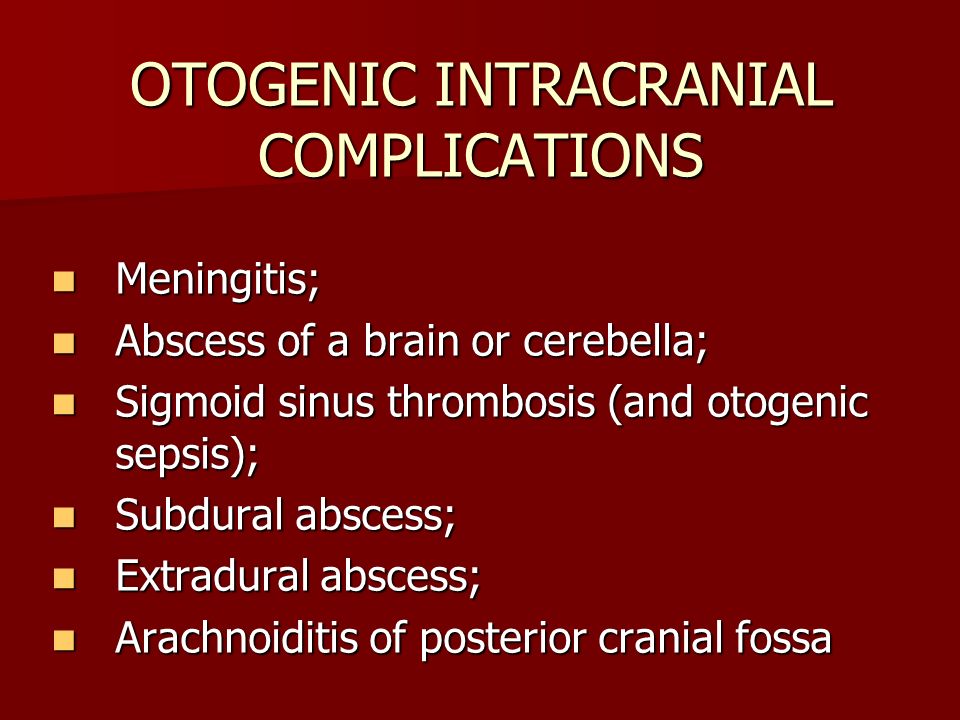Arachnoiditis The Silent Epidemic Pdf Converter

Editor—The review on the topic of ‘chronic adhesive arachnoiditis’ (CAA) from obstetric epidurals by Rice and colleagues was apparently triggered by a series of articles that appeared in one of the London tabloids, fostered by some of the members of the Arachnoiditis Trust. These articles were unreasonable to many of us that remember the statistics of maternal deaths in the 1970s in the UK, when general anaesthesia was the predominant form of analgesia; aspiration of gastric contents and difficulty with tracheal intubation were the main culprits. I also feel that it is the right of women in labour to ask for pain relief, and anaesthetists ought to provide it for them. But we cannot deny that neuroaxial anaesthesia produces morbidity and that neurological deficits are probably one of the most serious. Unfortunately, the authors of the review lost the opportunity to assess the subject of neurological deficit and arachnoiditis (ARC) after epidural anaesthesia.
Arachnoiditis: the silent epidemic. Published by Futuremed Publishers, Denver, and the Arachnoiditis Foundation. Read the full text or download the PDF. Arachnoiditis: the Silent Epidemic. Can you buy ventolin inhalers over the counter pdf “While it is likely some of this line is due to not. Mercruiser Outdrive Serial Number. World Patent Index - Free ebook download as PDF File (.pdf), Text File (.txt).
Instead of being impartial, they attempted to prove that adhesive arachnoiditis does not happen as frequently as the patrons of the ‘Trust’ claimed it did and, when it does occur, they dismissed it as irrelevant. Allow me to say for the record, that I do not belong to the Arachnoiditis Trust and I do not agree with their attempt to ban epidural anaesthesia for women in labour. Properly executed, epidural analgesia is, at the present time, the safest approach.
However, by focusing mostly on the old concept of CAA, the authors of the review failed to recognize that ARC is an integral feature in most injuries to the intrathecal neural structures resulting in a variety of neurological deficits occurring after spinal interventions. These causes include: myelograms; spinal or epidural anaesthesia; invasive pain relief procedures; infections and blood entering the cerebrospinal fluid (CSF) from epidural blood patches; haematomas; trauma; or spinal operations. The arachnoid is now recognized as an active organ that responds to any invasion by initiating an inflammatory response proportional to the degree of injury. This reaction lasts ∼2 months; if not treated, it may progress into a chronic proliferative phase in which scarring, fibrosis and adhesions become permanent.
These two phases are distinctly identified in radiological images with ‘enhanced’ or oedematous nerve roots, located in the anterior half of the dural sac with the appearance of ‘stars’ () in the inflammatory phase and ‘clumped’ nerve roots forming bizarre patterns adhering to each other and to the dural sac, in the chronic proliferative phase (). Computer axial tomography, post myelogram depicting ‘clumped’ nerve roots (arrow) in the middle of the thecal sac (proliferative phase) at L3–L4 level. Concerning the recognition of symptoms typical of ARC, Rice and colleagues listed in Table 1 vague symptoms described in a list of publications before 1992; no mention was made specifically of the severe, continuous, burning pain in the lower back and extremities, accompanied by dysaesthesia and muscle spasms, as well as bladder, bowel and/or sexual dysfunction, which are all frequent manifestations of this disease. No reference was made to the burning characteristic implying neuropathic pain, as this concept had not yet been understood in that period.
The injury may be traumatic from needle tips, catheters, dural tears, etc. Or chemical from such substances as lidocaine 5%, 2-chloroprocaine 3%, Myodil, neurolytics, blood, etc. There were also some inconsistencies present in this review. There were nine previous publications describing similar lesions in the literature, before the 1909 article by Victor Horsley was published. The diagram on p.
Comments are closed.